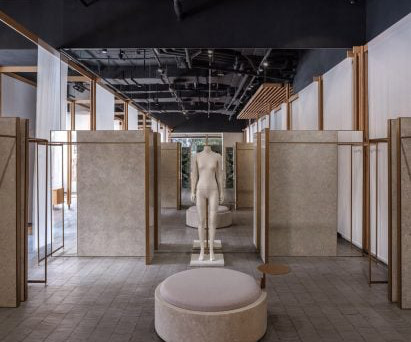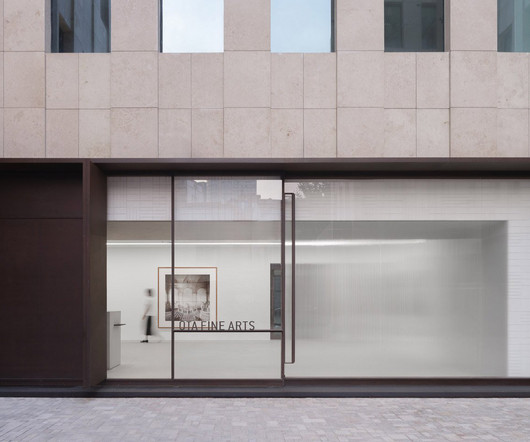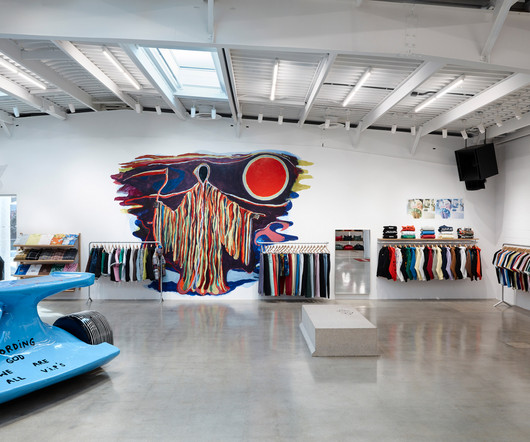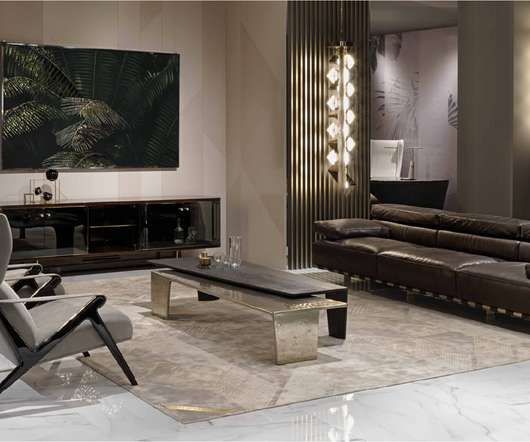Neri&Hu divides Shanghai fashion boutique with fabrics and marble screens
Dezeen
SEPTEMBER 28, 2023
White fabric sheets were hung to divide the space The space was divided into several zones by a series of floor-to-ceiling open grid wooden structures. Natural daylight and the chaos of the shopping mall are filtered by the sheer fabric screens, giving the space an overall sense of calmness," Neri&Hu said.












Let's personalize your content